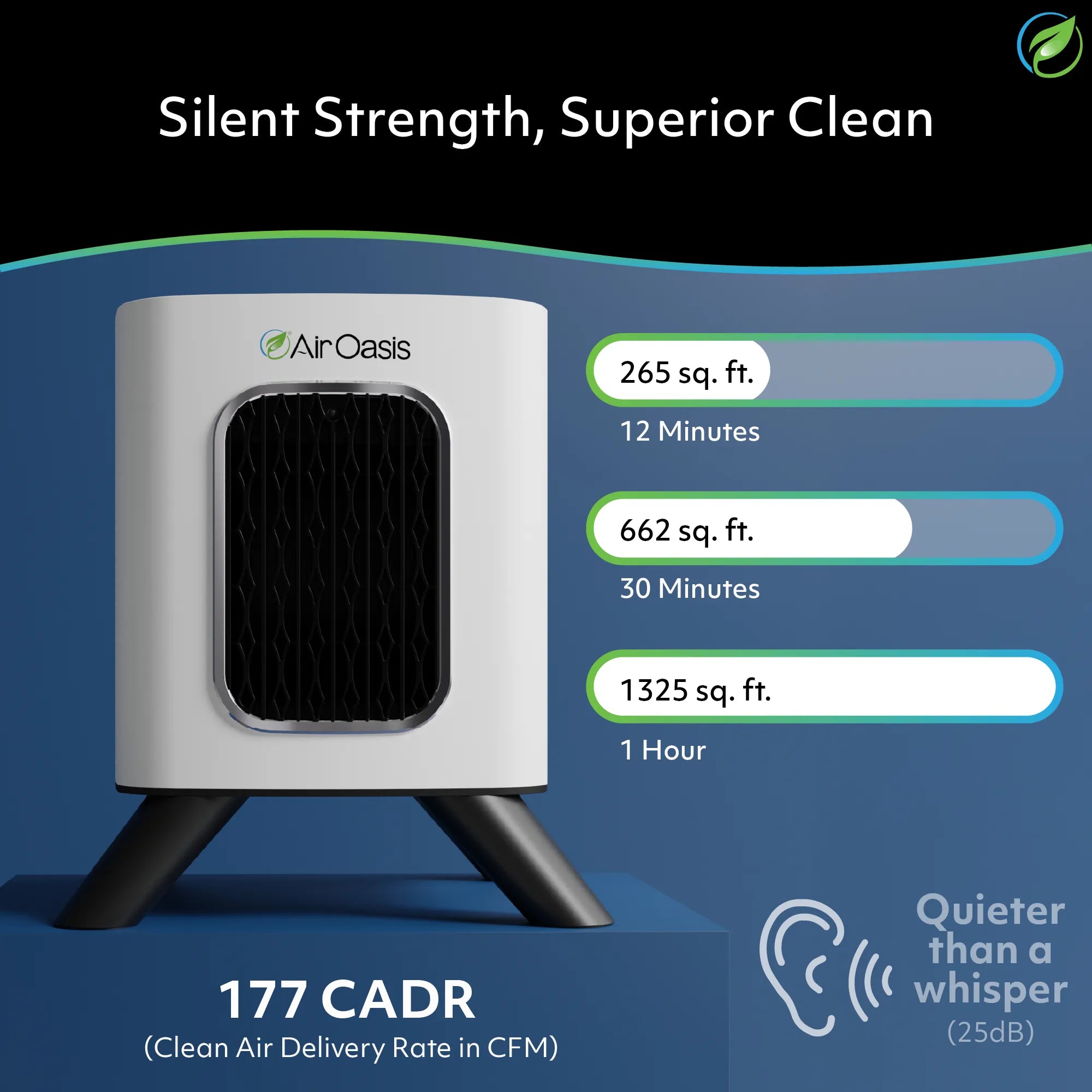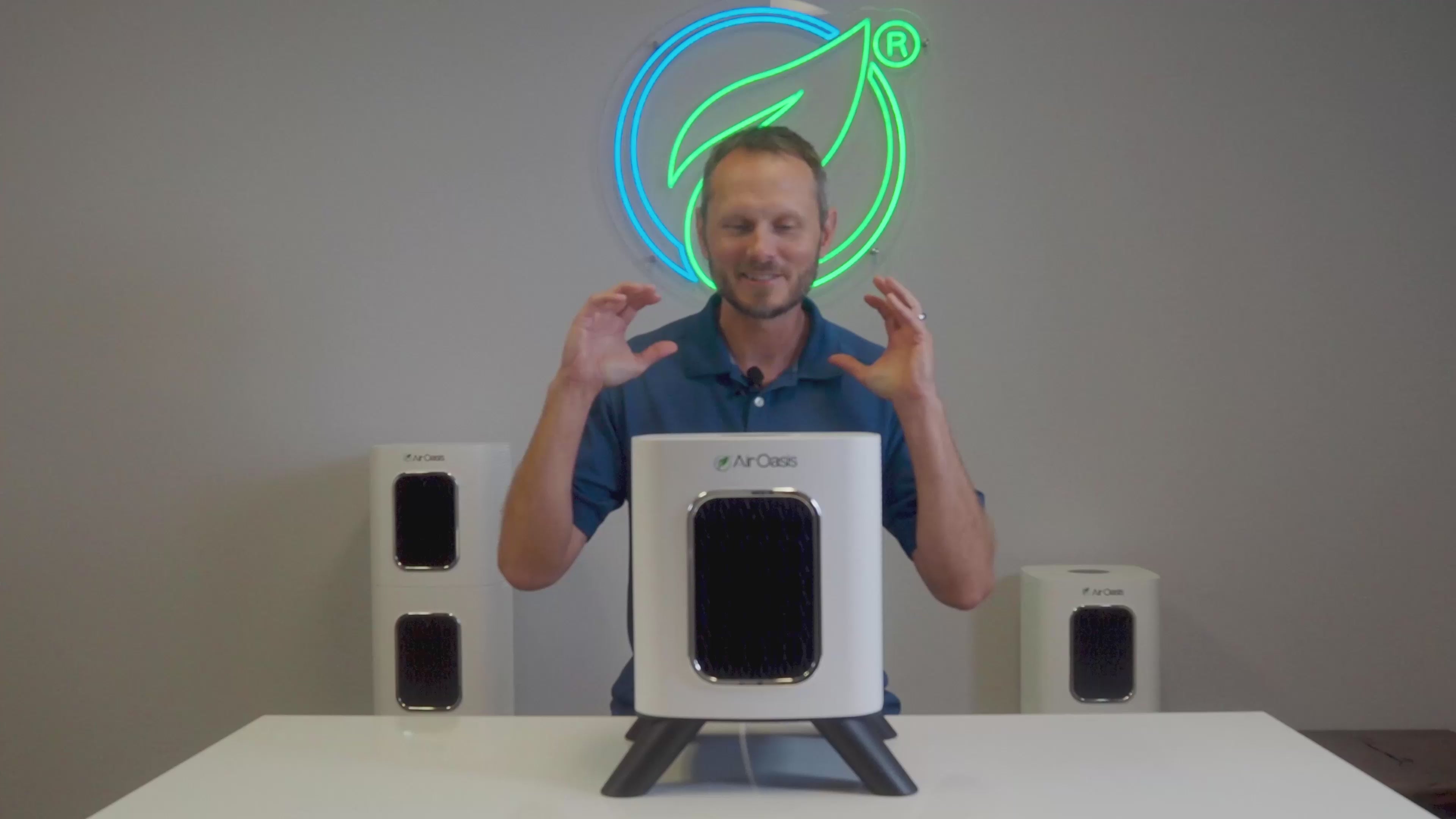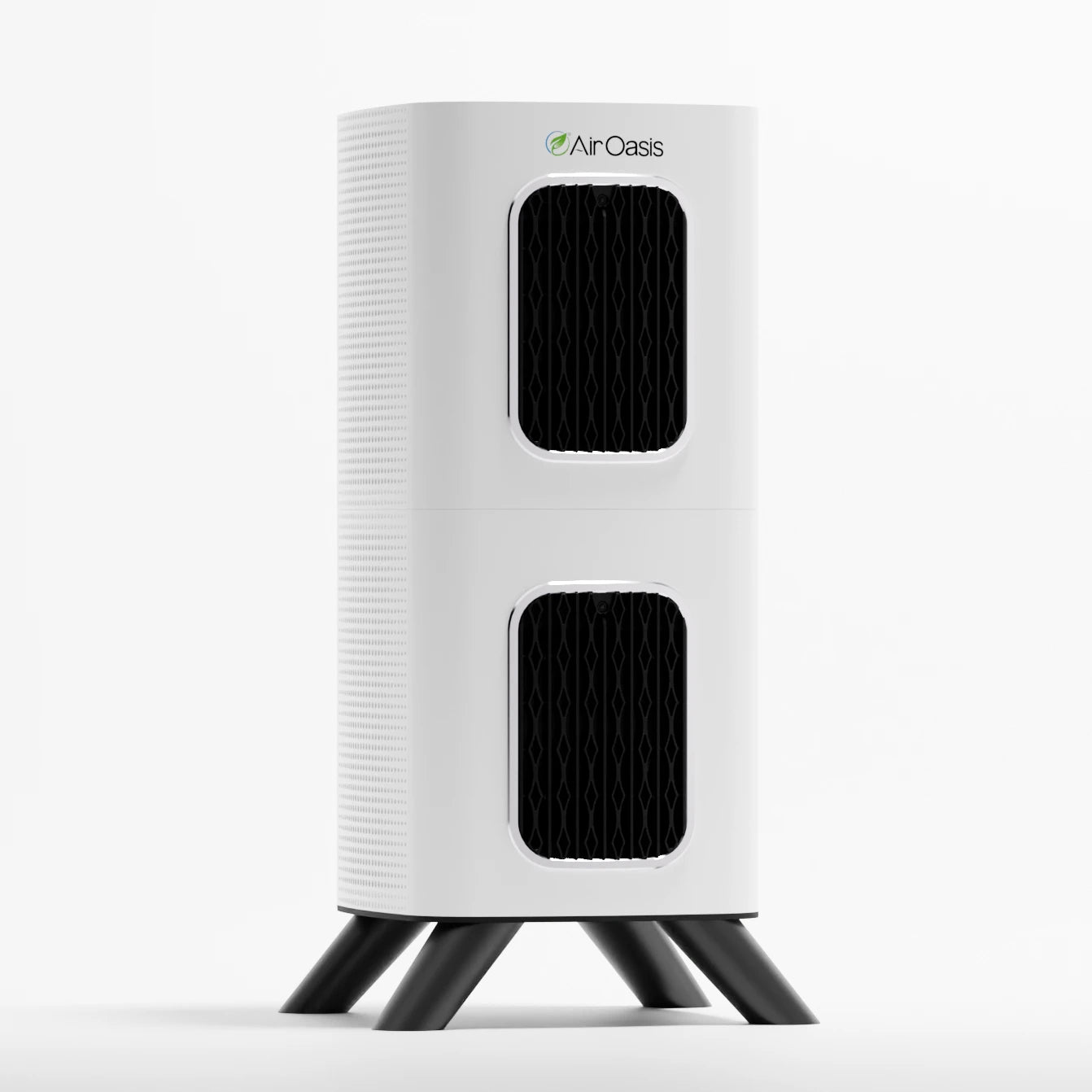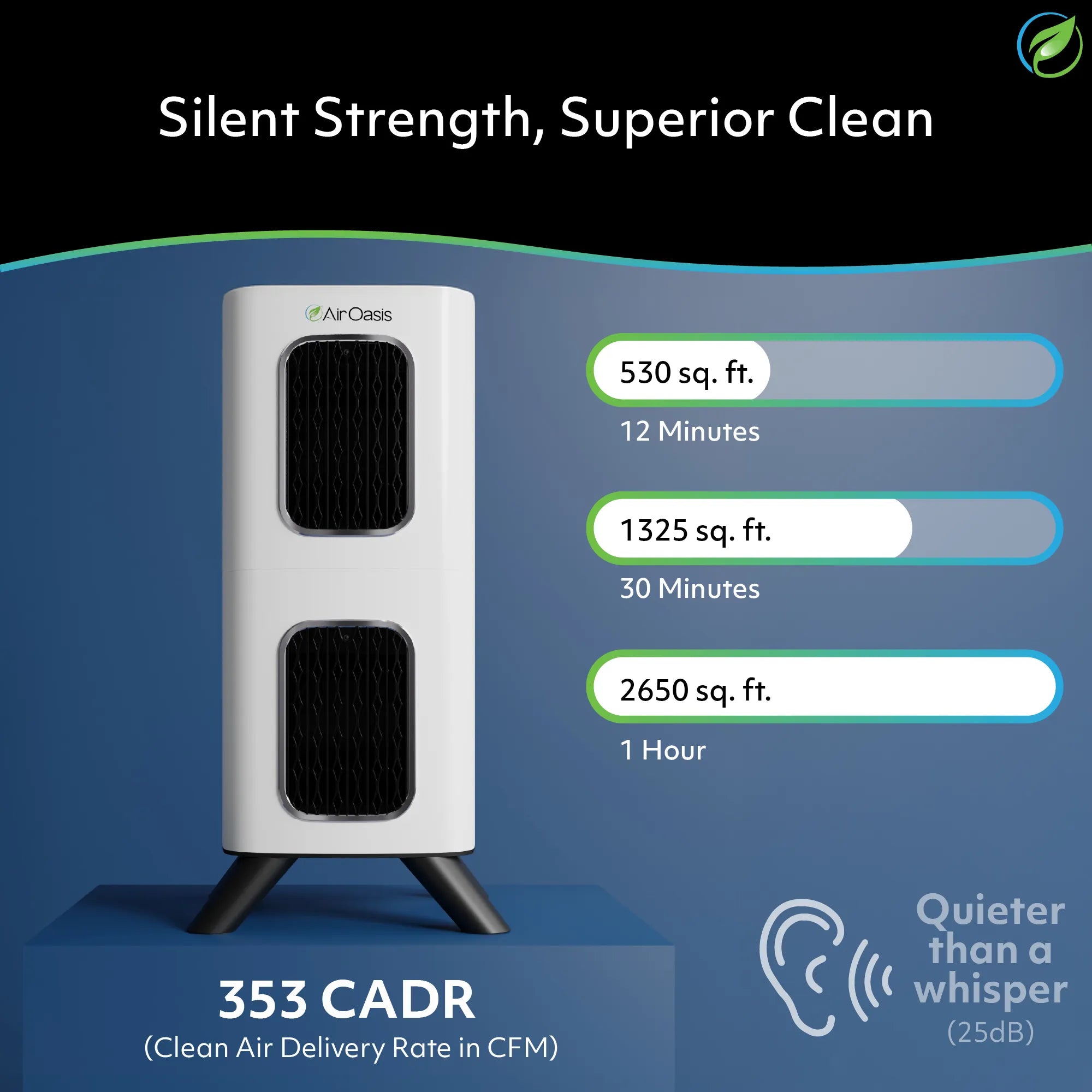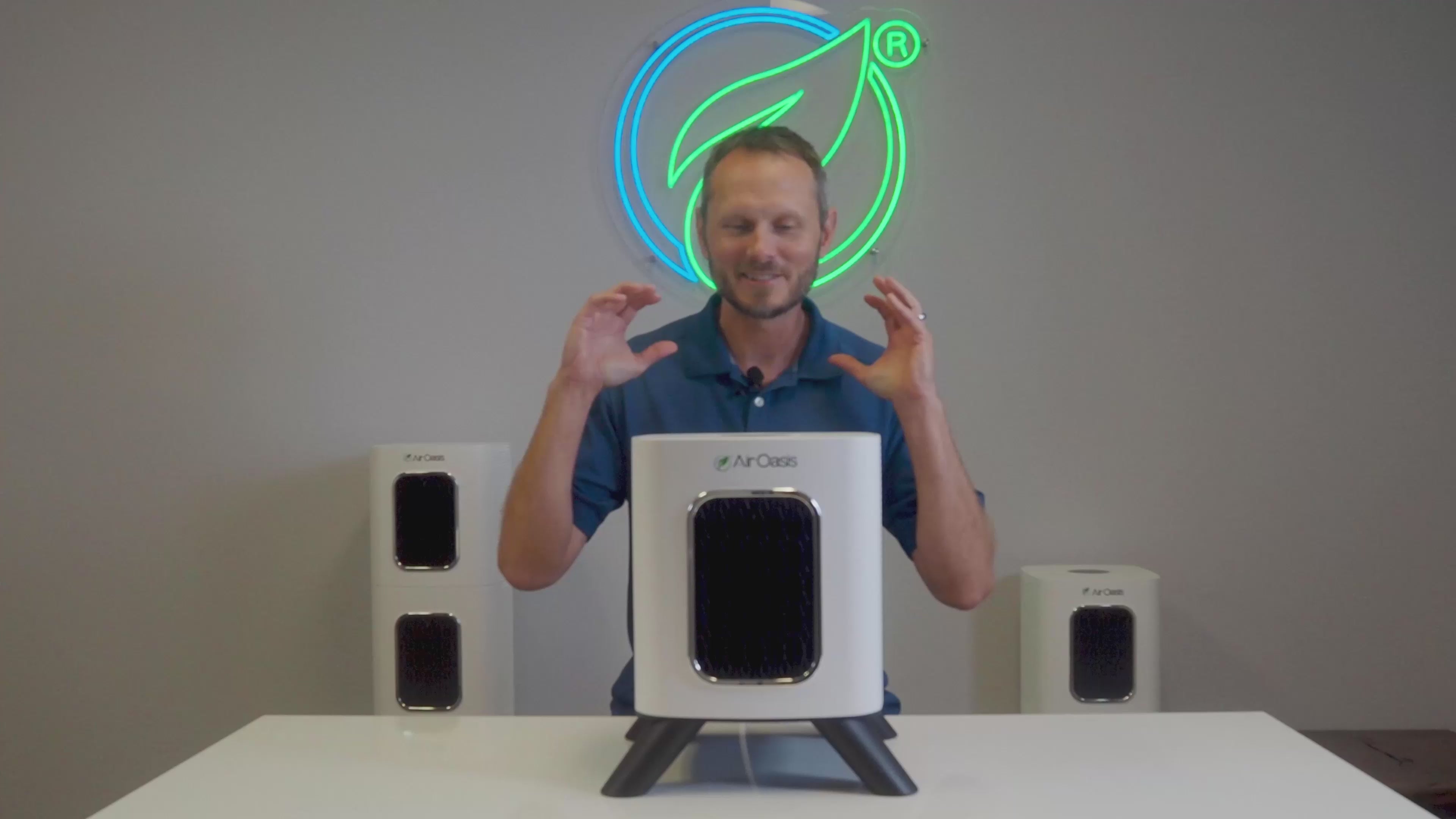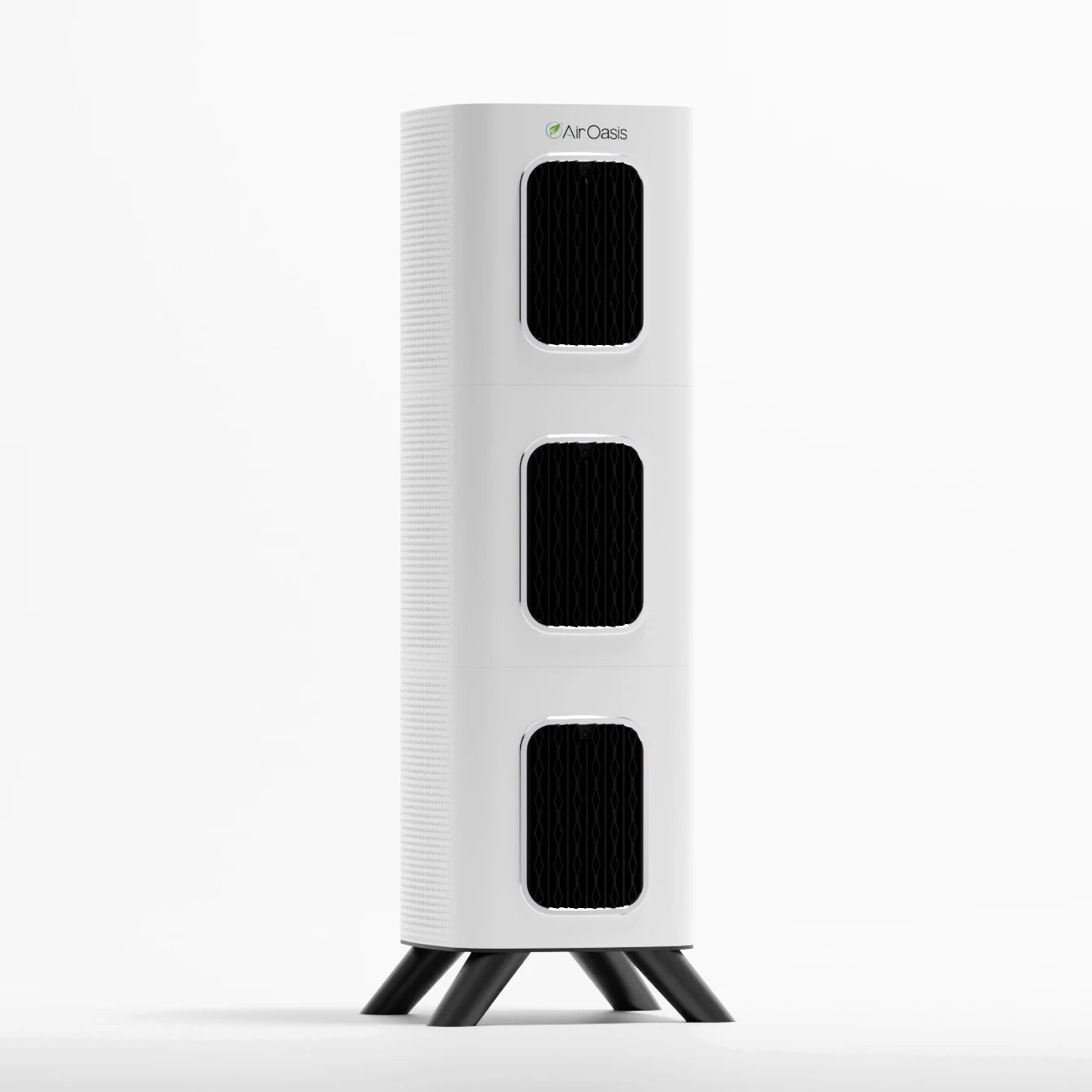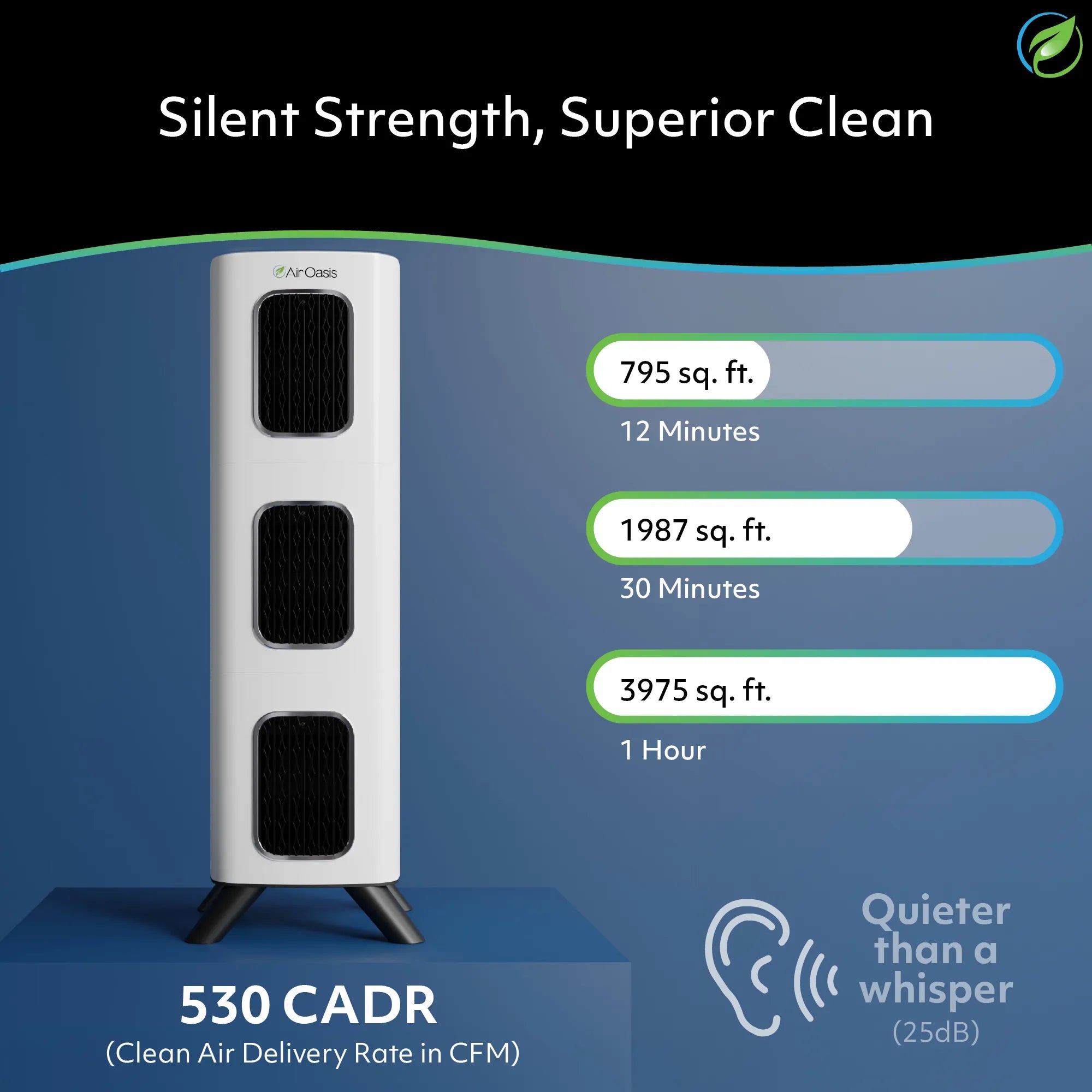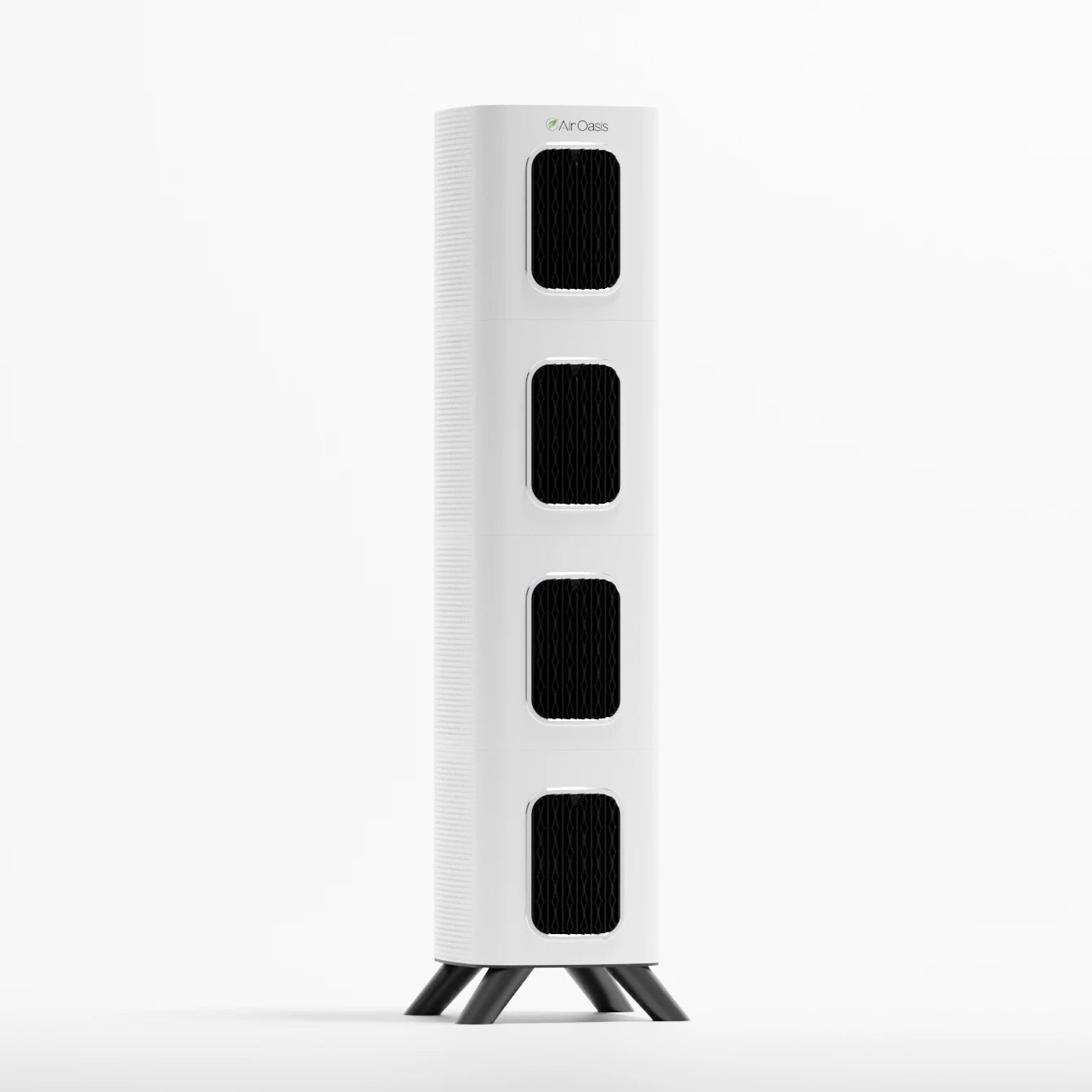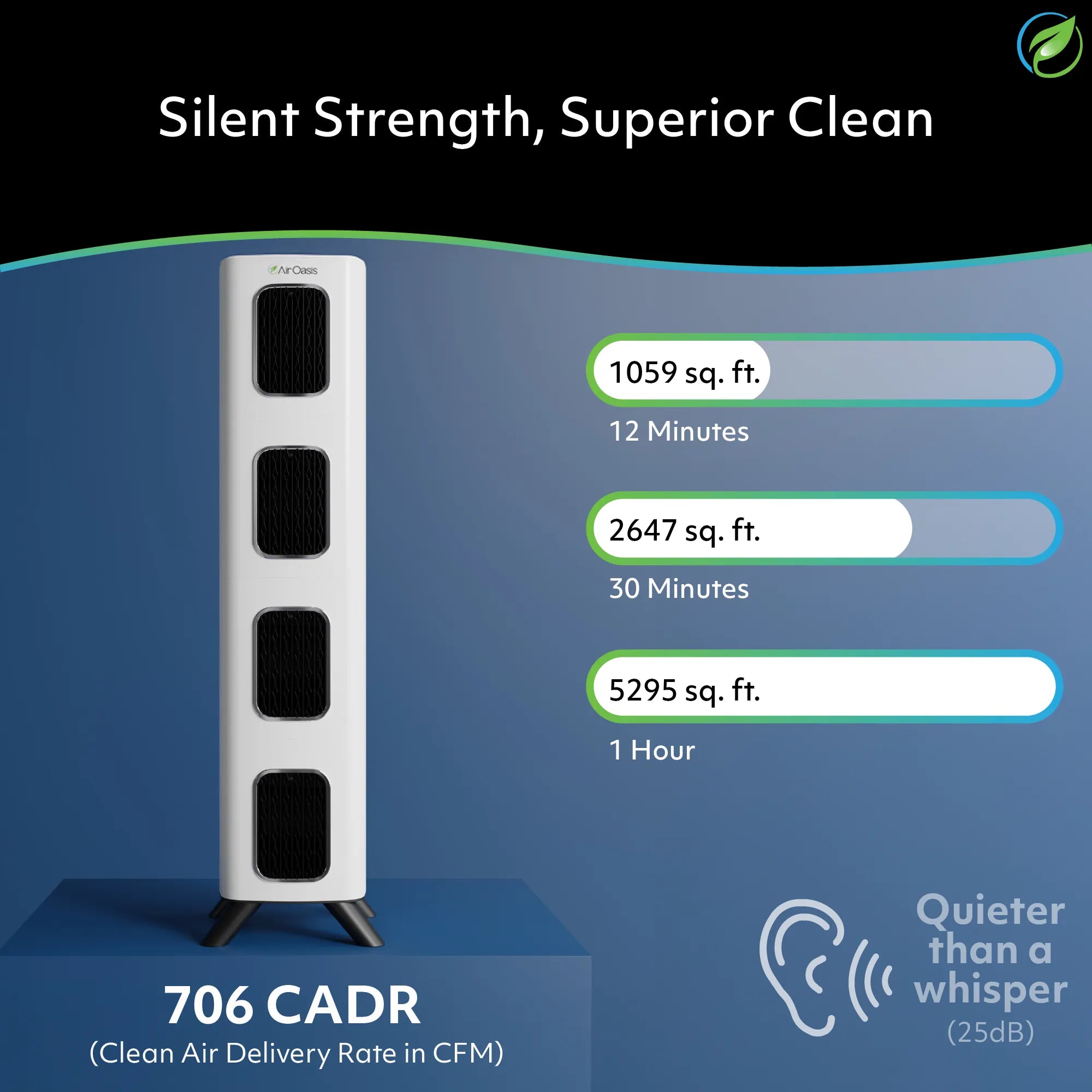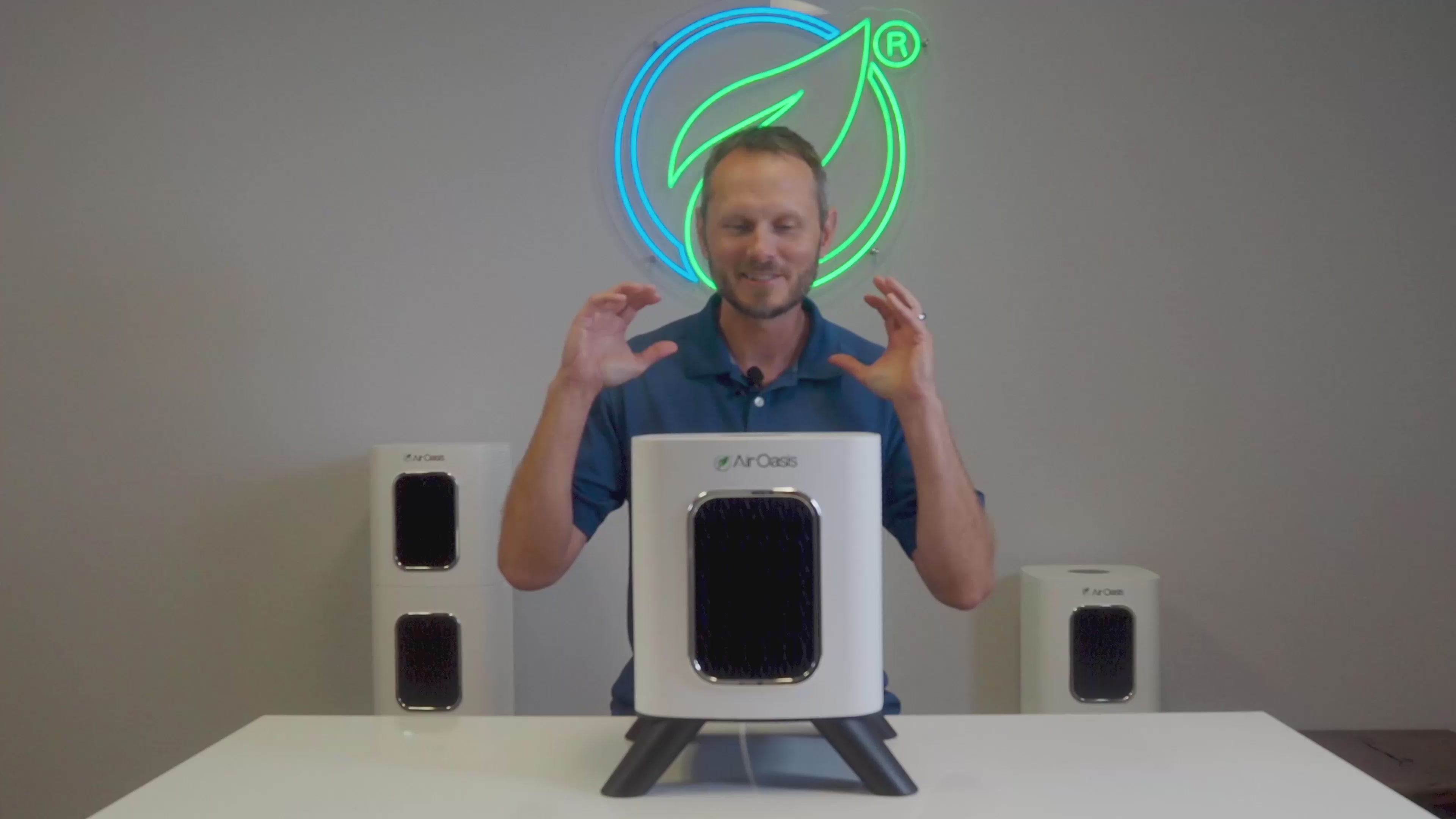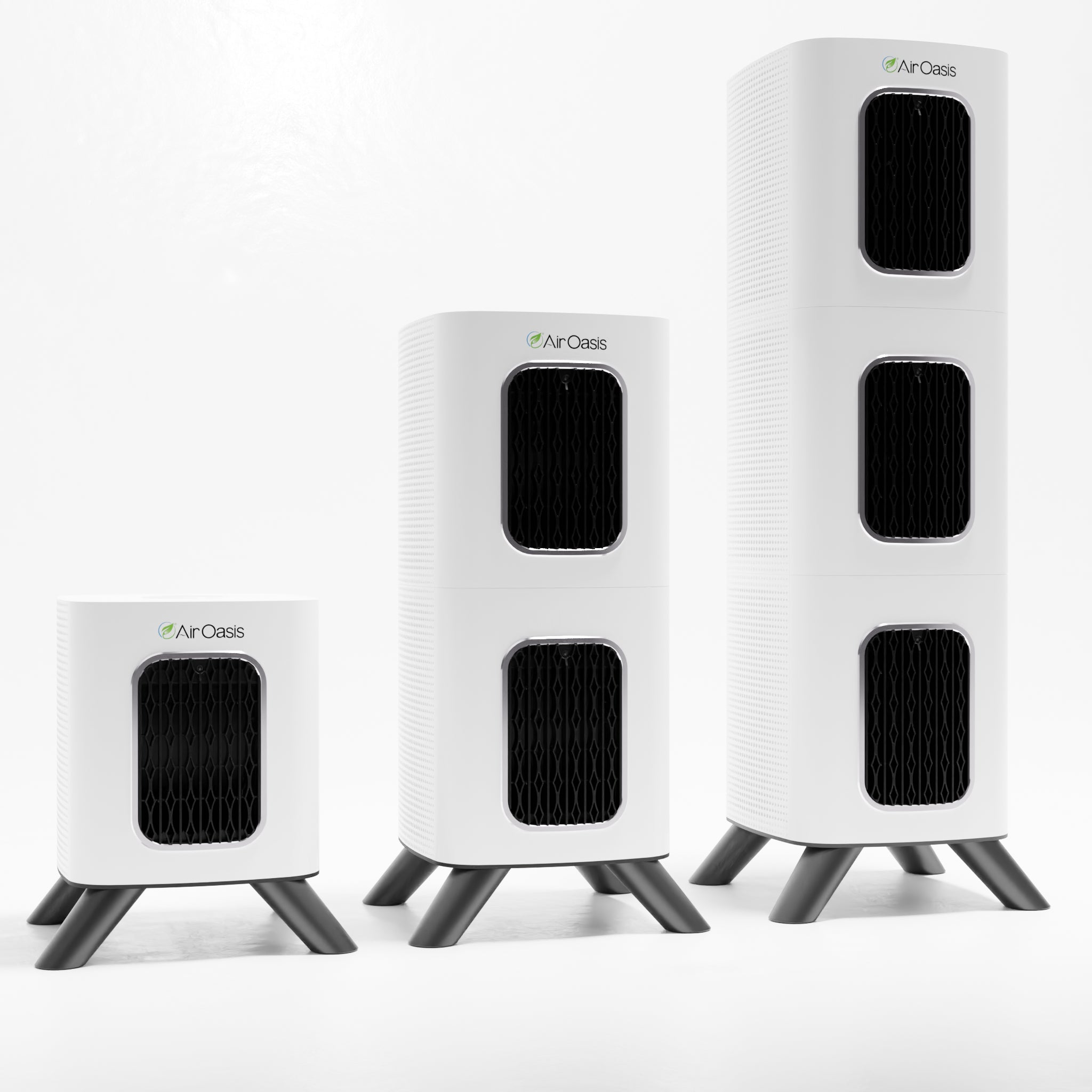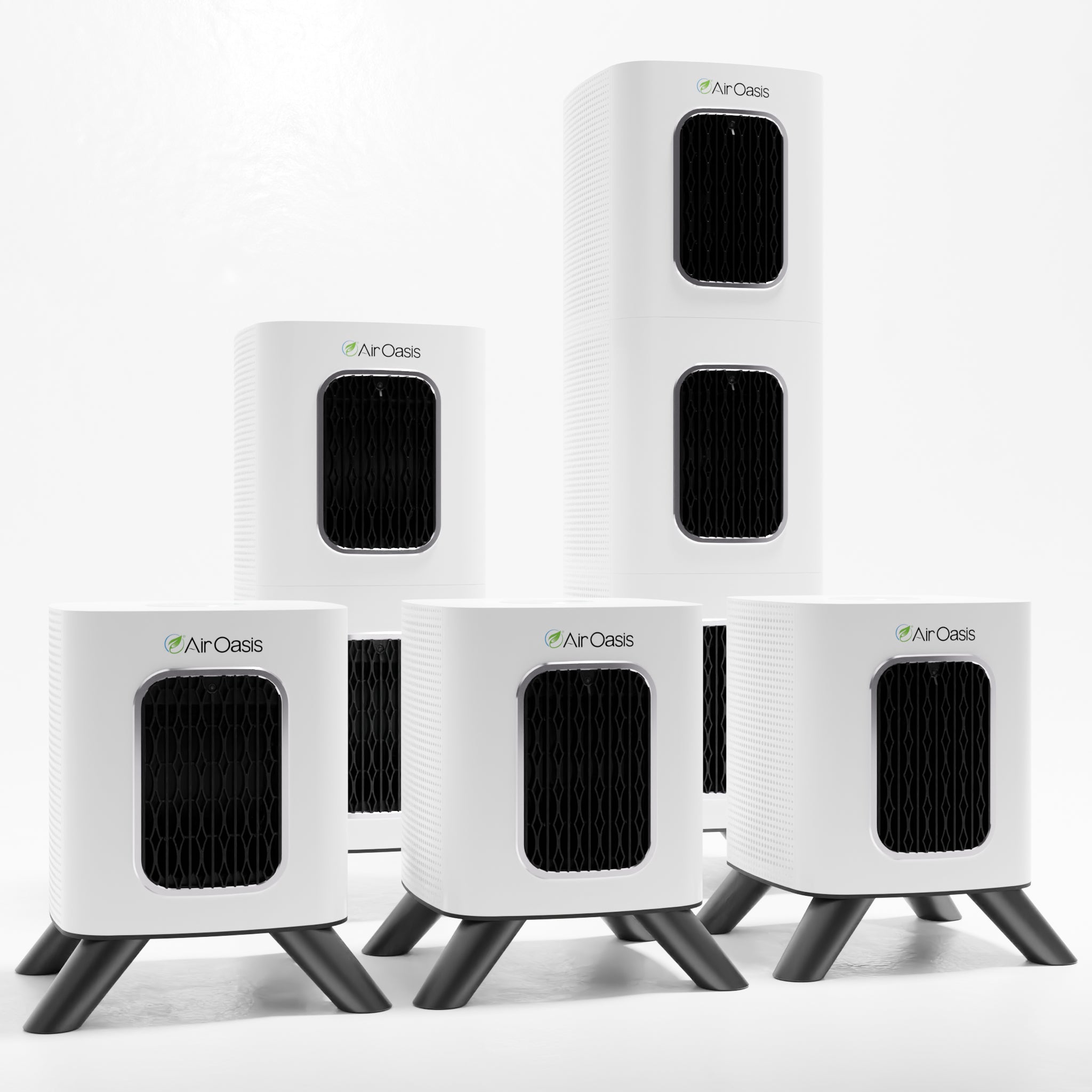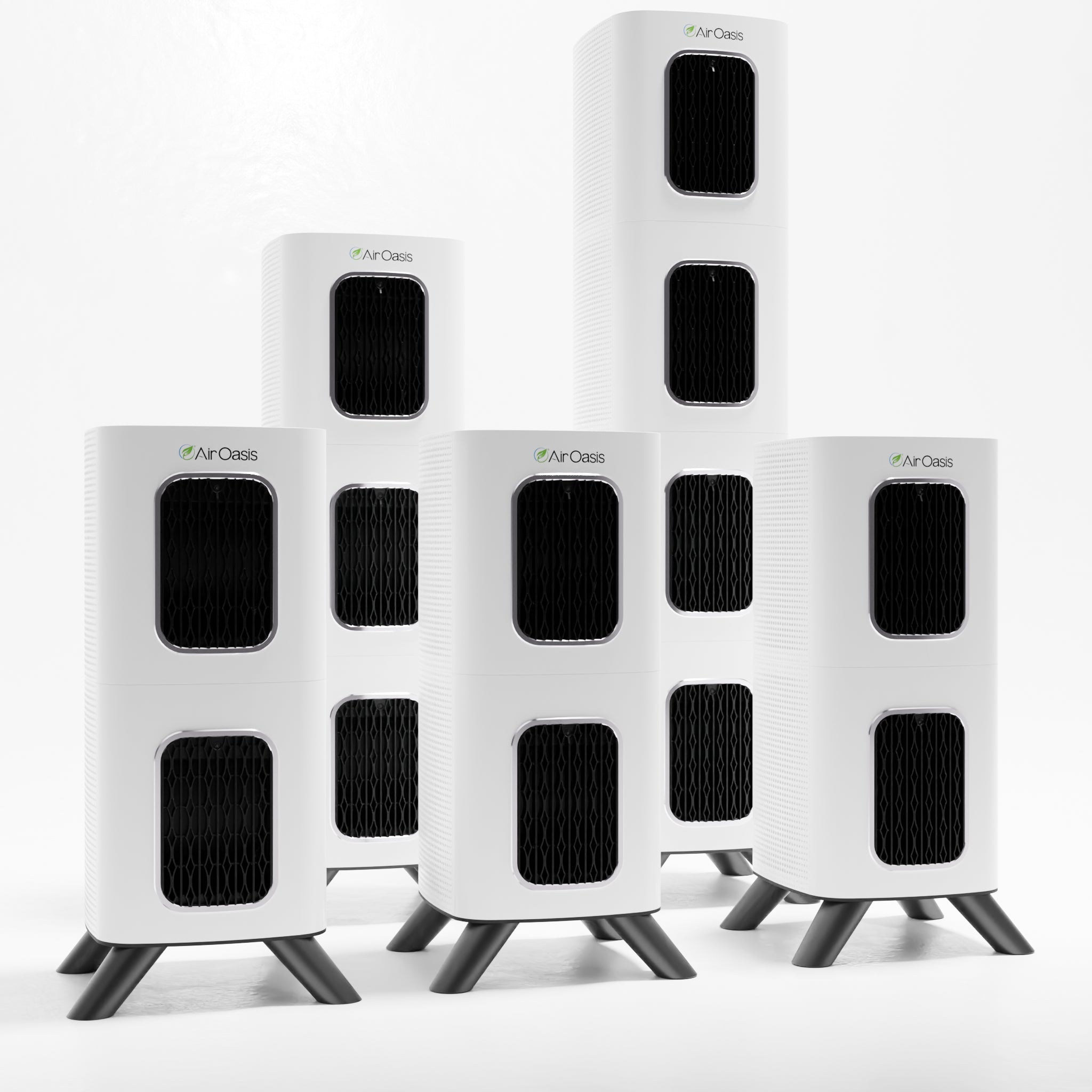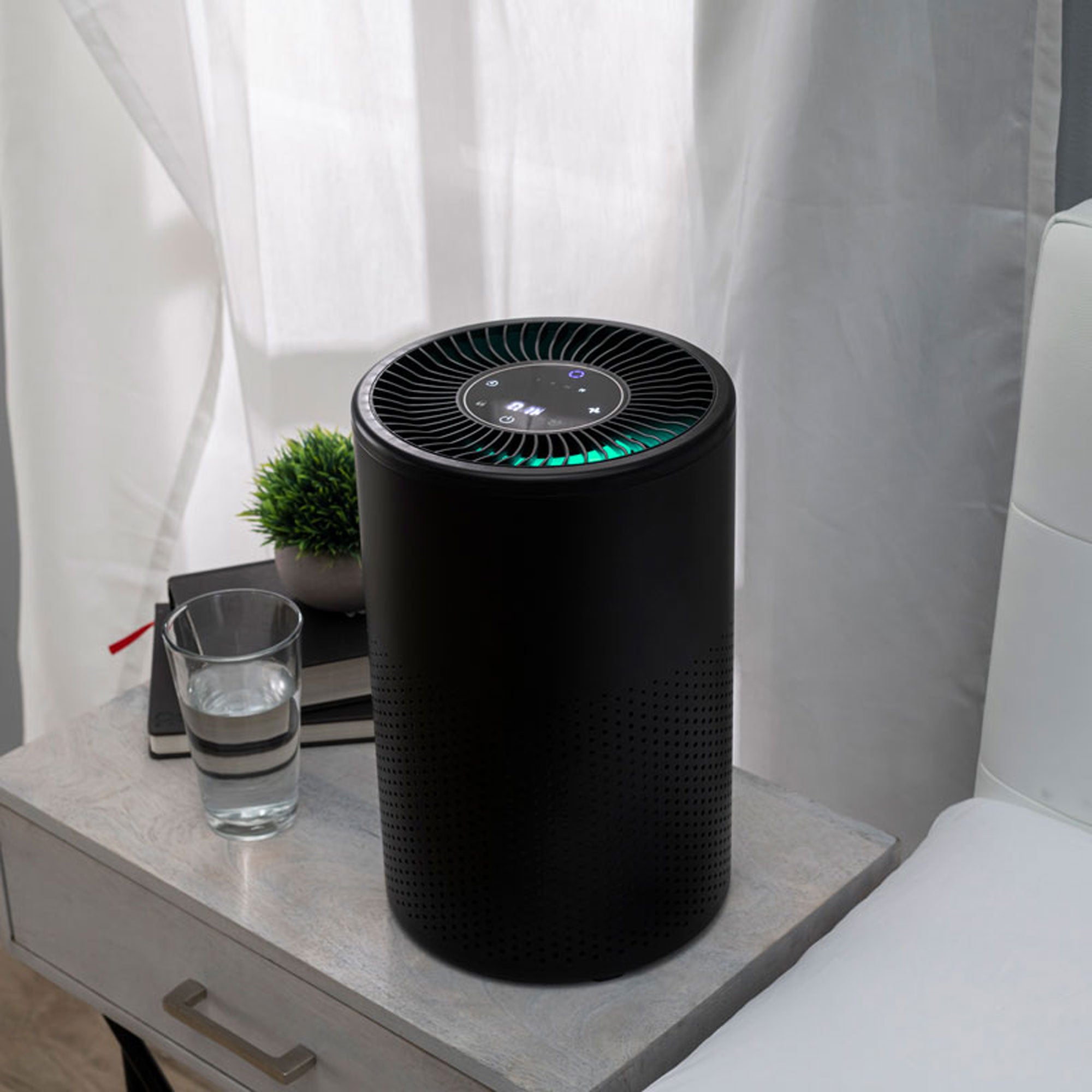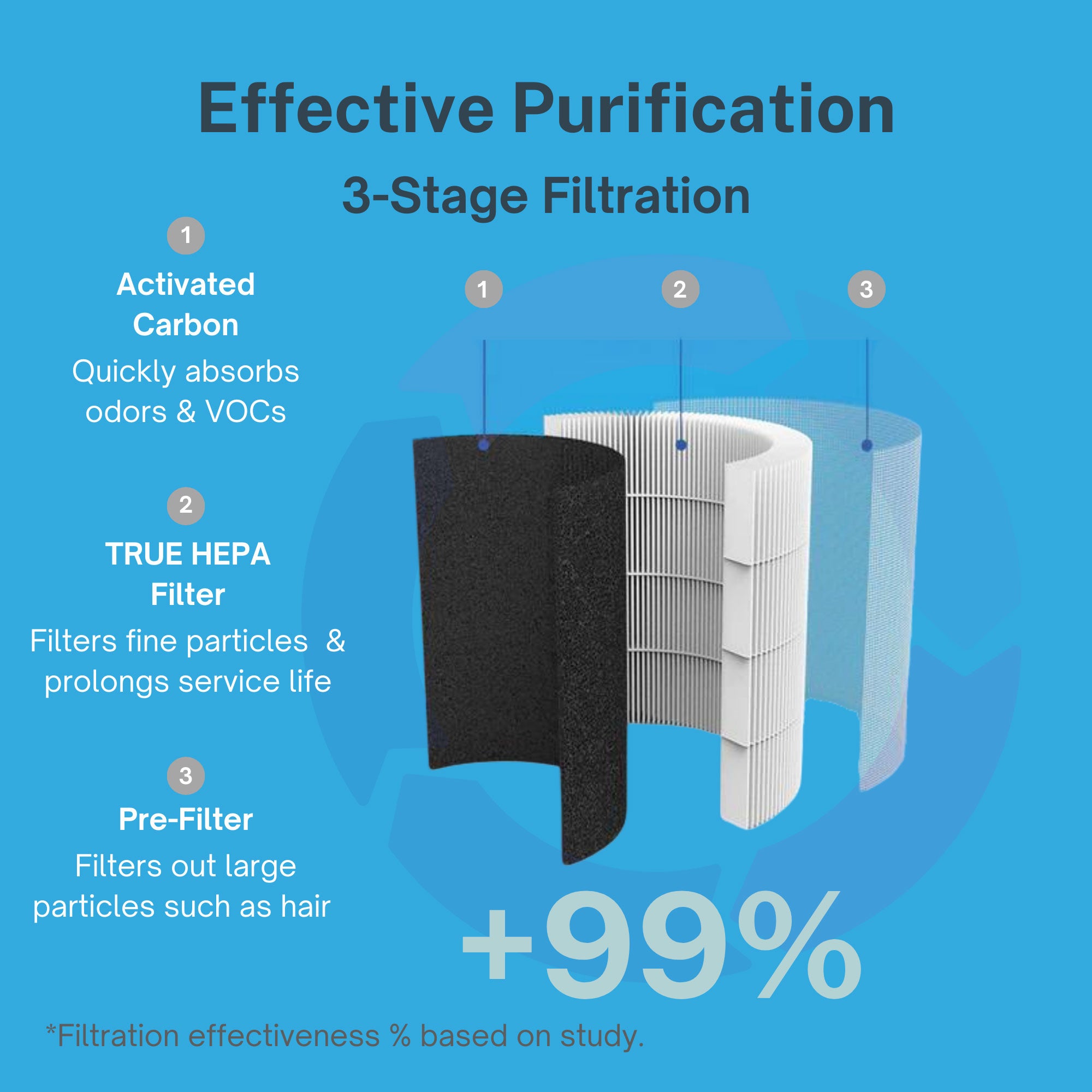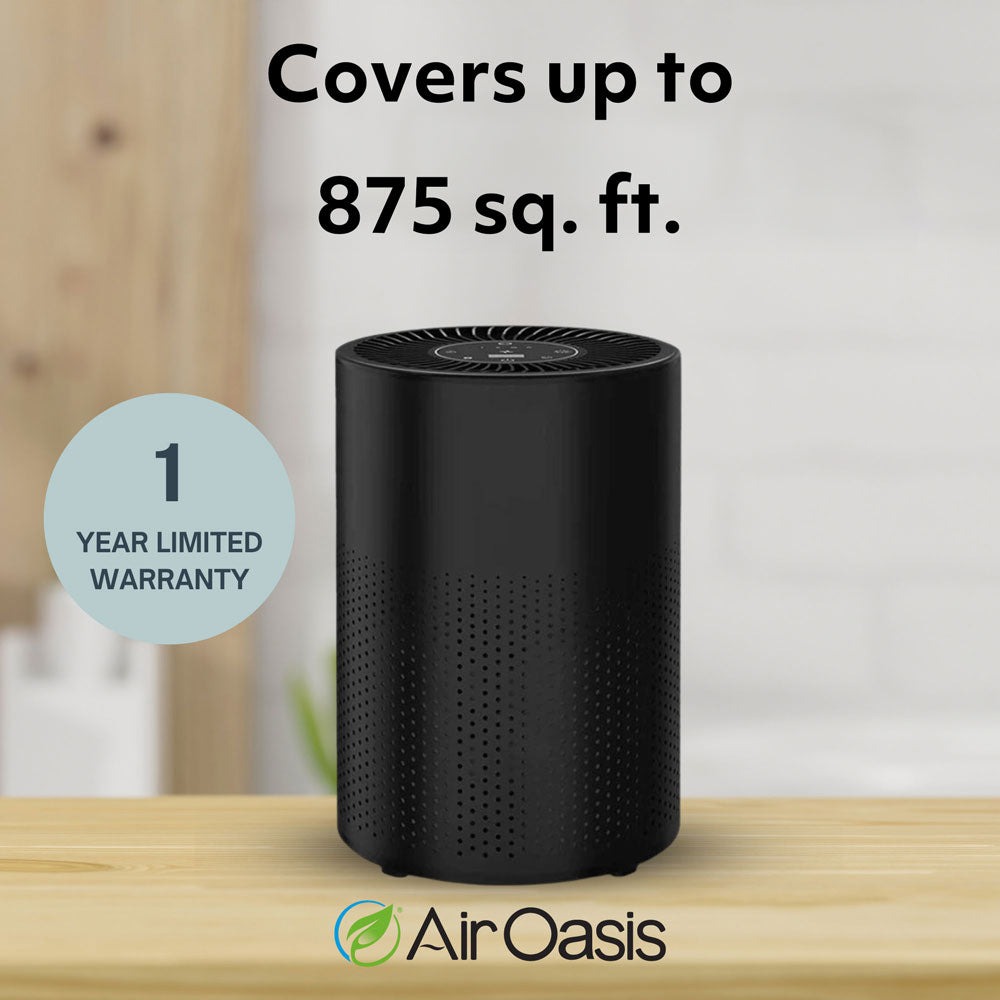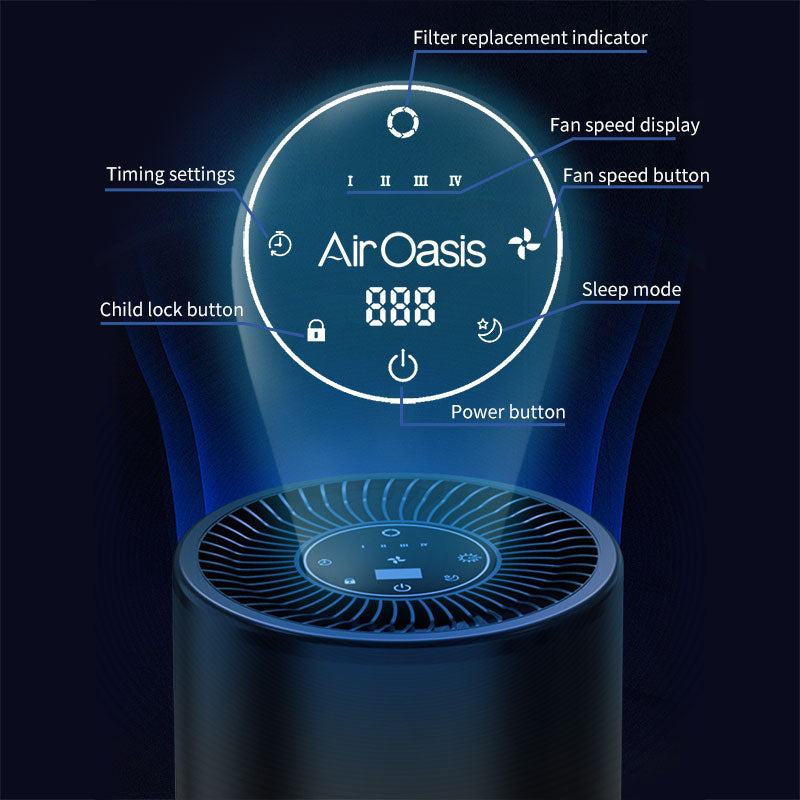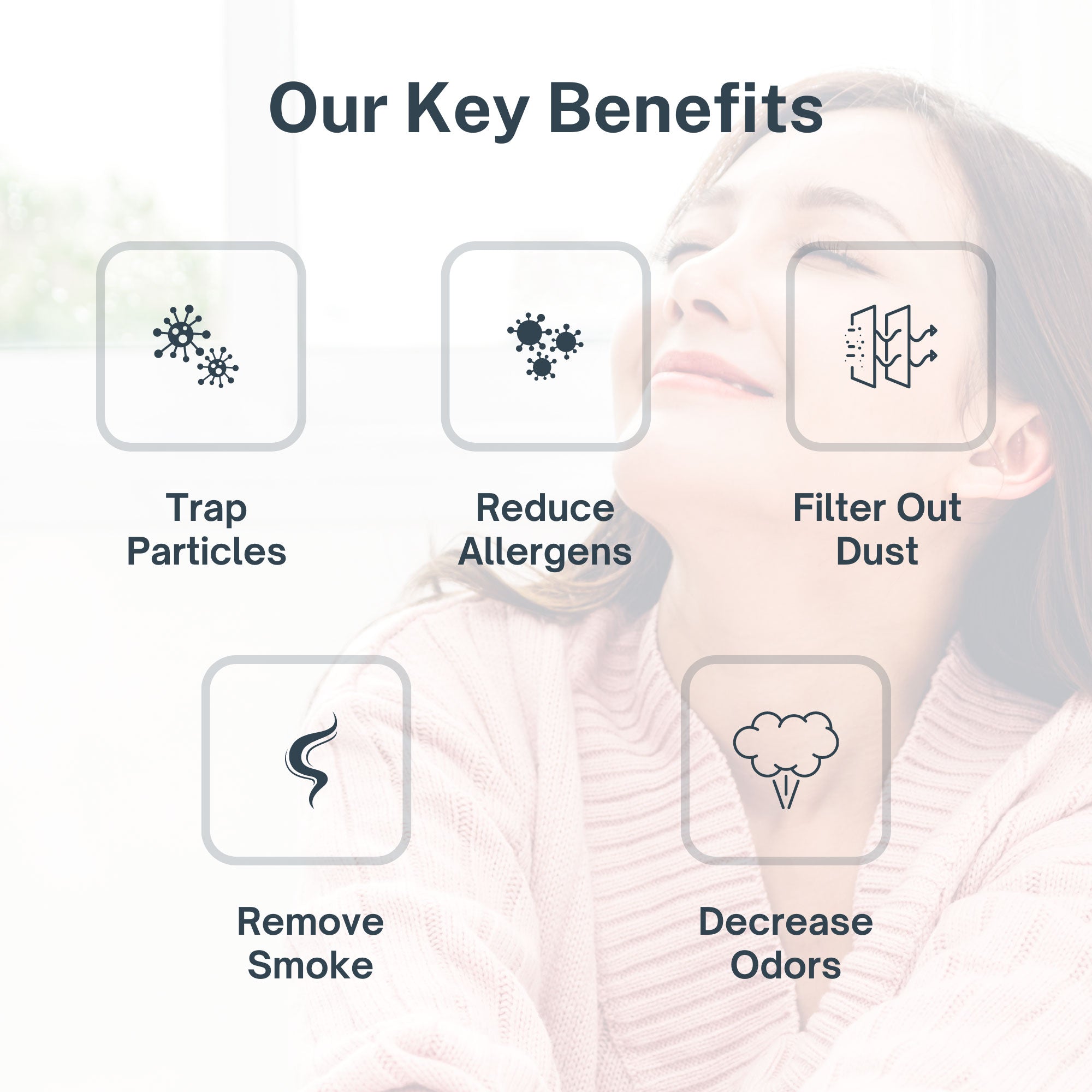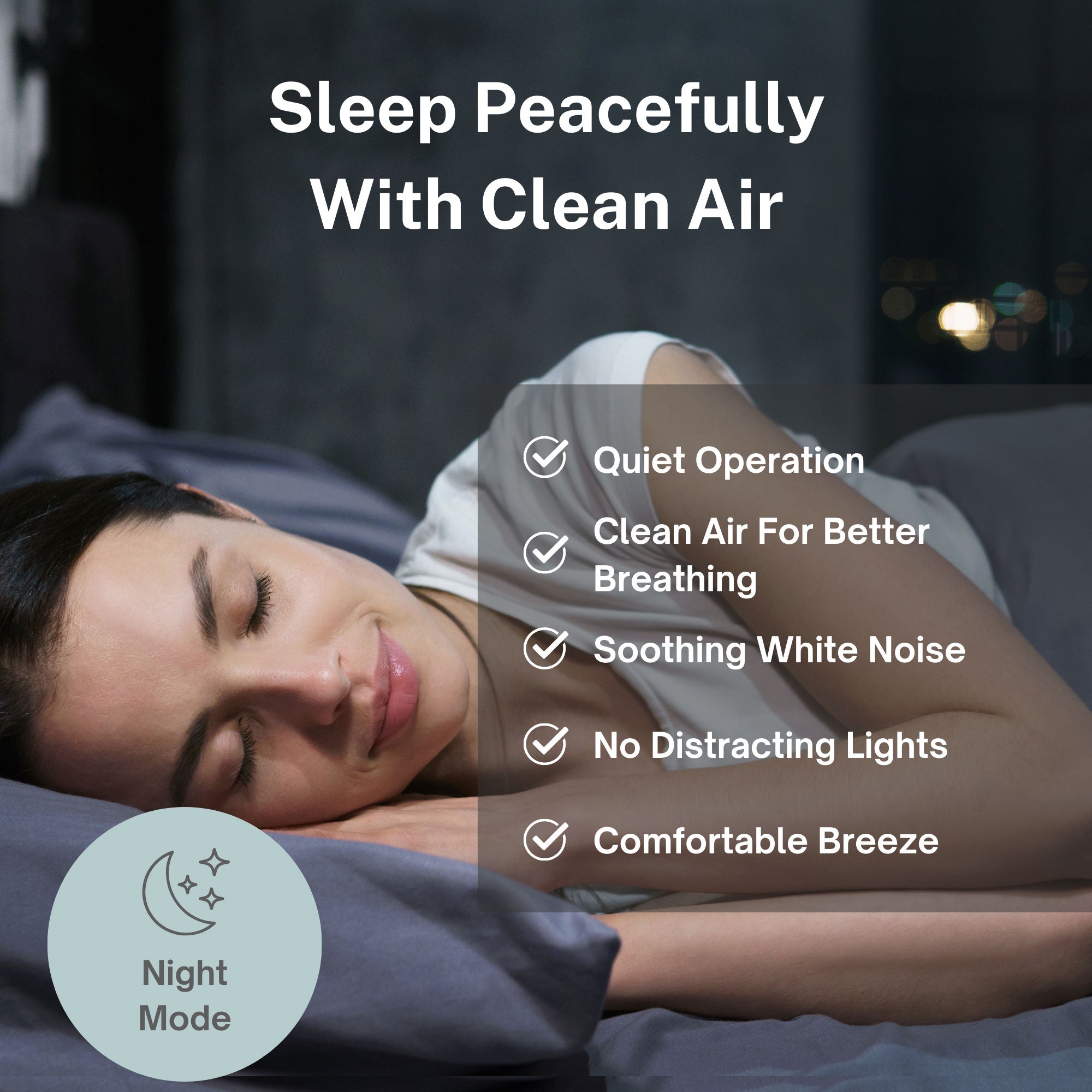When people think about air pollution, they typically picture factory smokestacks, congested highways, or urban smog. But a recent University of Michigan study reveals a significant pollution source that rarely makes headlines: large animal feeding operations.
The research identified approximately 15,000 cow and pig farms across the United States and discovered that counties with concentrated animal operations show measurably higher particulate matter pollution compared to similar counties without these facilities. For families living near these operations, this finding raises critical questions about the air they're breathing—not just outdoors, but inside their homes.
Understanding Particulate Matter From Animal Operations
Large animal feeding operations generate air pollution through mechanisms distinct from industrial or vehicular sources. Thousands of hooves continuously disturb vegetation, trampling it down and creating expansive areas of bare ground. This exposed dirt and dust gets kicked into the air, creating small particulate matter that lingers for hours and travels significant distances from the source. This is the same type of pollution produced by wildfires, power plants, and factories—fine particles that penetrate deep into lungs when inhaled.
The University of Michigan research examined counties across multiple climate zones to isolate the impact of animal operations from other environmental variables. The pattern emerged consistently: areas with high concentrations of large animal farms showed elevated particulate matter levels compared to climatically similar areas without these operations. While researchers acknowledge that more sophisticated analysis is needed to establish definitive causation, the correlation presents concerning implications for the estimated millions of Americans living near these facilities.
When Outdoor Farm Pollution Becomes an Indoor Problem
Particulate matter from agricultural operations doesn't respect property boundaries. These fine particles travel on wind currents, infiltrating homes through windows, doors, HVAC systems, and structural openings. For families living within miles of large animal operations, outdoor agricultural pollution becomes an indoor air quality threat. According to EPA research on particulate matter, these fine particles cause respiratory inflammation, aggravate asthma, and contribute to cardiovascular problems when exposure occurs regularly over time.
The health implications become particularly serious when considering that prolonged exposure to particulate matter can generate scar tissue within lungs, creating lasting respiratory damage. Children, older adults, and individuals with existing respiratory conditions face heightened vulnerability to these effects. The University of Michigan study also revealed that many counties with concentrated animal operations have lower health insurance coverage rates, compounding the public health challenge—though Wisconsin notably bucked this trend with higher insurance coverage near agricultural facilities.
Protecting Indoor Air When Agricultural Pollution Threatens
While individual homeowners cannot control agricultural operations in their communities, they can absolutely control their indoor air quality. Understanding comprehensive air purification becomes essential for families living near large animal farms or other particulate matter sources. Medical-grade HEPA filtration captures 99.97% of particles down to 0.3 microns—precisely the size range of agricultural particulate matter that poses respiratory threats.
For rural families facing agricultural air pollution, comprehensive indoor air protection isn't about comfort—it's about preventing the long-term lung damage that repeated particulate matter exposure can cause. Advanced air purification systems with multi-stage filtration address not just particulate matter, but also the ammonia and volatile organic compounds that animal operations release.
Creating Clean Air Sanctuaries in Agricultural Communities
The University of Michigan findings highlight that agricultural air pollution affects potentially millions of Americans living near the nation's 15,000 large animal operations. While policy discussions about agricultural practices and environmental regulations continue, families living in affected areas need immediate solutions. Air Oasis systems provide medical-grade protection against particulate matter infiltration, with real-time monitoring that reveals exactly what's happening in your indoor environment. Your home should be a refuge from outdoor pollution—whether that pollution comes from urban industry or rural agriculture. Shop Air Oasis today and protect your family's respiratory health from agricultural air pollution.






